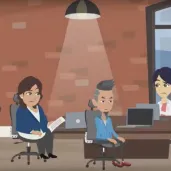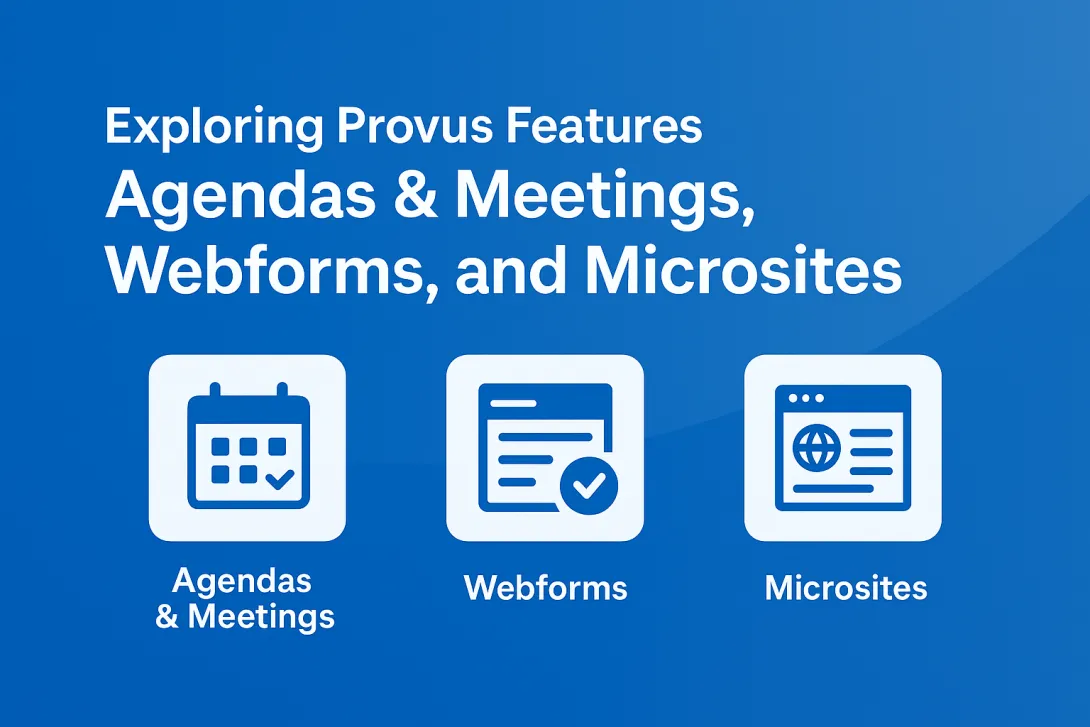The Carrot or the Stick of Web Accessibility


Conversations concerning accessibility of digital assets tend to fall into one of two categories: the carrot or the stick.
The carrot is the host of business benefits associated with ensuring a great and accessible experience for all users. All too often, though, it’s the stick -- the threat of a lawsuit or actual legal action filed in federal court under Title III of the ADA -- that drives organizations to begrudgingly take steps toward getting their digital assets into compliance with WCAG 2.1 and ADA Section 508.
Accessibility Claims Climb
Let there be no doubt, that the stick is real, and gaining momentum at a rapid pace. Lawsuits based on claims that a disabled person could not access a website because it was not coded to work with screen readers, or other assistive technologies, continues on a sharp upward trajectory. In 2018, we witnessed a threefold increase in accessibility lawsuits over 2017 -- from 814 to 2,285. The year-over-year increase in accessibility lawsuits filed during the first quarter of 2019 is more than 30 percent higher than the first quarter of 2018.
The Southern and Eastern District of New York are battling the majority of these claims, followed by Pennsylvania and Florida, but the current geographic concentration cannot be viewed as any indicator of what’s next. The fact is, any organization that has a consumer-facing website that is not accessibility compliant, risks legal action.
There is no shortage of statistics such as these pertaining the “stick” -- the need for urgent and in-depth action to ensure accessibility compliance. I find conversations concerning the carrot to be far more fruitful, though.
Accessibility is Good for Business
It should come as no surprise that the recent surge of accessibility-related lawsuits parallels the radical shift toward ecommerce. People of all physical and cognitive abilities are now counting on websites to buy what they need online, and retailers who are proactive about the accessibility of their sites are at a significant advantage for more reasons than simply staying out of court.
Any time a client is unable to complete a transaction or has a sub-par online shopping experience, that’s a lost opportunity. Chances are slim that a frustrated shopping experience will lead to a lawsuit, but there’s a significant likelihood that the client will look elsewhere -- possibly never returning to the site that was perceived to be problematic. This is among the reasons why it is so essential that we take a holistic view of online accessibility -- looking beyond the legal mandates and sharpening the focus on the needs and expectations of the users of your site.
Vast and Varied Market
Recent Census Bureau statistics reveal that 56.7 million Americans, close to 20 percent of the population, have some form of disability.
Specifically:
- 3.3 percent of the population are visually impaired, which can include color blindness or require that they use a screen magnifier or a screen reader.
- 3.1 percent have a hearing impairment for which they need to rely on captions for audio and visual media.
- Another 6.3 percent of the population have some sort of cognitive, mental, or emotional impairment which could impede their ability to complete a transaction without clear and consistent navigation and prompts.
- And 8.2 percent have difficulty lifting or grasping, which could challenge their ability to use a mouse or navigate a keyboard.
Accommodations and Awareness
Remediating a site to ensure accessibility will enhance the experience and enable commerce for differently abled users, while also attracting more users to the site. A huge and seldom discussed advantage of online accessibility is its impact on SEO.
Consider the analogy of how difficult it can be to find what you need on a cluttered desk stacked up with unmarked files. A well-ordered site that is tagged appropriately, with images that are accurately described, is not only key to accessibility compliance, but also essential for modern browser searches. And don’t overlook PDFs. Information that is locked in an inaccessible PDF won’t be found by search engines -- a critical competitive disadvantage in the current market.
A holistic and heartfelt approach to accessibility results in a blurring of the lines between user experience and ADA mandates. Much of this is accomplished during a Promet Source Human Centered Design workshops that take a deep and consensus-building inquiry into user needs and opportunities for growth. A holistic approach to accessibility is about ensuring a great user experience. It’s an investment in your brand and a profound opportunity for growth.
Looking for help with defining your audience and ensuring an accessible user experience that exceeds expectations? Contact us today.
Get our newsletter
Get weekly Drupal and AI technology advancement news, pro tips, ideas, insights, and more.



